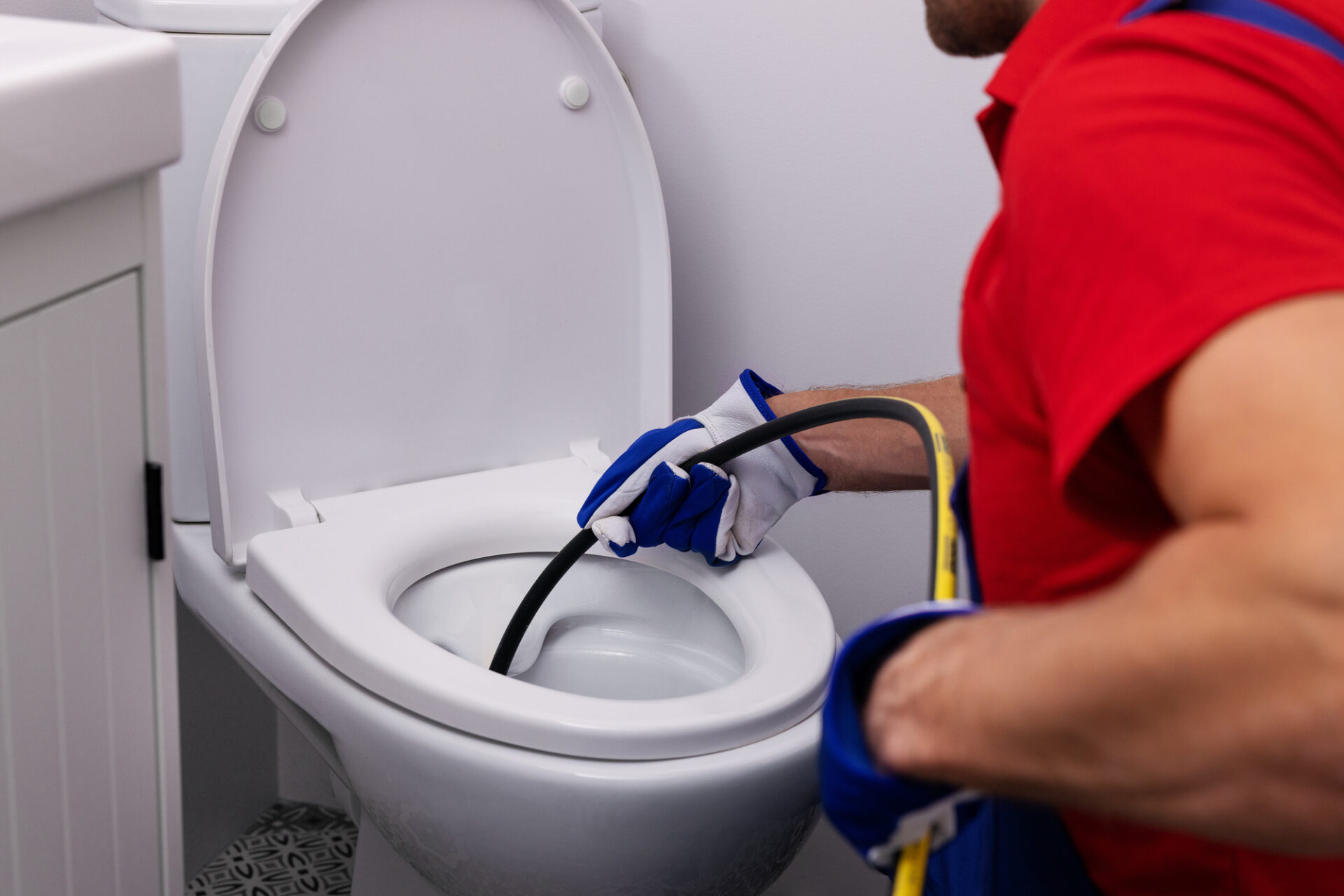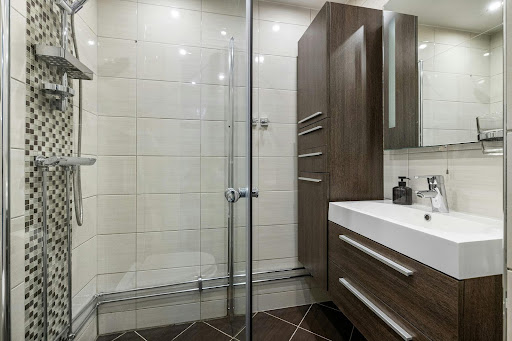Finding yourself with a clogged toilet and no plunger in sight can feel like a nightmare, but don’t panic—it’s not the end of the world! However, some signs indicate a serious problem that requires professional plumbing assistance, including:
- Persistent backups in multiple drains around your home.
- Gurgling sounds from toilets or drains when using water.
- Water leaking from the base of the toilet.
- Foul odors coming from the toilet or drain pipes.
- Repeated clogs that don’t resolve with basic methods.
If you’re not facing any of these major issues, a little ingenuity and common household items can get that stubborn toilet back to working order. Here are five effective methods to tackle the issue.
Table of Contents
1. Hot Water and Dish Soap
The combination of hot water and dish soap is a classic solution that’s both gentle and effective. Here’s how it works:
Step 1: Squirt a generous amount of liquid dish soap into the bowl. This acts as a lubricant to help loosen the clog.
Step 2: Heat a bucket of water until it’s hot (not boiling, as boiling water can damage porcelain).
Step 3: Carefully pour the hot water into the toilet bowl from waist height. The force and heat can help break down the blockage.
Step 4: Wait a few minutes and then flush. If the water drains slowly or doesn’t flush completely, repeat the process.
This method is particularly effective for minor clogs caused by paper products or waste.
2. Use a Wire Hanger as a DIY Snake
If you suspect a solid object is causing the clog, a wire hanger can serve as a makeshift drain snake:
Step 1: Take a wire hanger and straighten it out as much as possible.
Step 2: Wrap one end of the wire with a cloth or duct tape to avoid scratching the porcelain.
Step 3: Insert the wrapped end into the toilet drain and gently push it toward the clog. Twist and move it around to dislodge the blockage.
Step 4: Flush the toilet to ensure the obstruction is cleared.
Be cautious while using this method to avoid damaging the toilet’s internal components.
3. Toilet Brush Technique
When you don’t have a plunger, a sturdy toilet brush can act as a substitute:
Step 1: Position the brush’s bristles against the drain opening.
Step 2: Use a plunging motion to create pressure, pushing and pulling the clog toward the drainpipe.
Step 3: Flush the toilet to see if the water clears.
While not as efficient as a plunger, this method can provide enough force to loosen minor clogs.
4. Baking Soda and Vinegar Reaction
This natural cleaning duo is not just for household cleaning; it’s also a powerful way to unclog toilets:
Step 1: Pour one cup of baking soda into the toilet bowl.
Step 2: Follow with one to two cups of white vinegar. The mixture will fizz and bubble.
Step 3: Let the chemical reaction sit for 30 minutes to an hour.
Step 4: Flush the toilet. If the water drains slowly, repeat the process or follow up with the hot water and dish soap method.
This method works best for organic clogs or those caused by grease buildup.
5. Wet/Dry Vacuum
If you own a wet/dry vacuum, it can be a game-changer for unclogging toilets:
Step 1: Set your vacuum to the wet setting and ensure it’s clean before use.
Step 2: Place the vacuum’s nozzle into the toilet bowl and create a seal around it using a towel or cloth.
Step 3: Turn on the vacuum to suck out the clog.
Step 4: Flush the toilet to confirm that the obstruction is cleared.
This method is particularly effective for large or solid obstructions but requires some preparation.
Tips to Prevent Future Clogs
- Use less toilet paper: Overloading the toilet with paper can easily lead to blockages.
- Dispose of items properly: Avoid flushing anything other than toilet paper and waste.
- Routine cleaning: Regularly clean your toilet to minimize buildup that can contribute to clogs.
Final Thoughts
Not having a plunger on hand doesn’t mean you’re out of options. With these five methods, you can address most clogs using items you likely already have at home. If none of these techniques work, it might be time to call a professional plumber to tackle a more severe blockage. Remember, a little creativity can go a long way in solving everyday problems!





